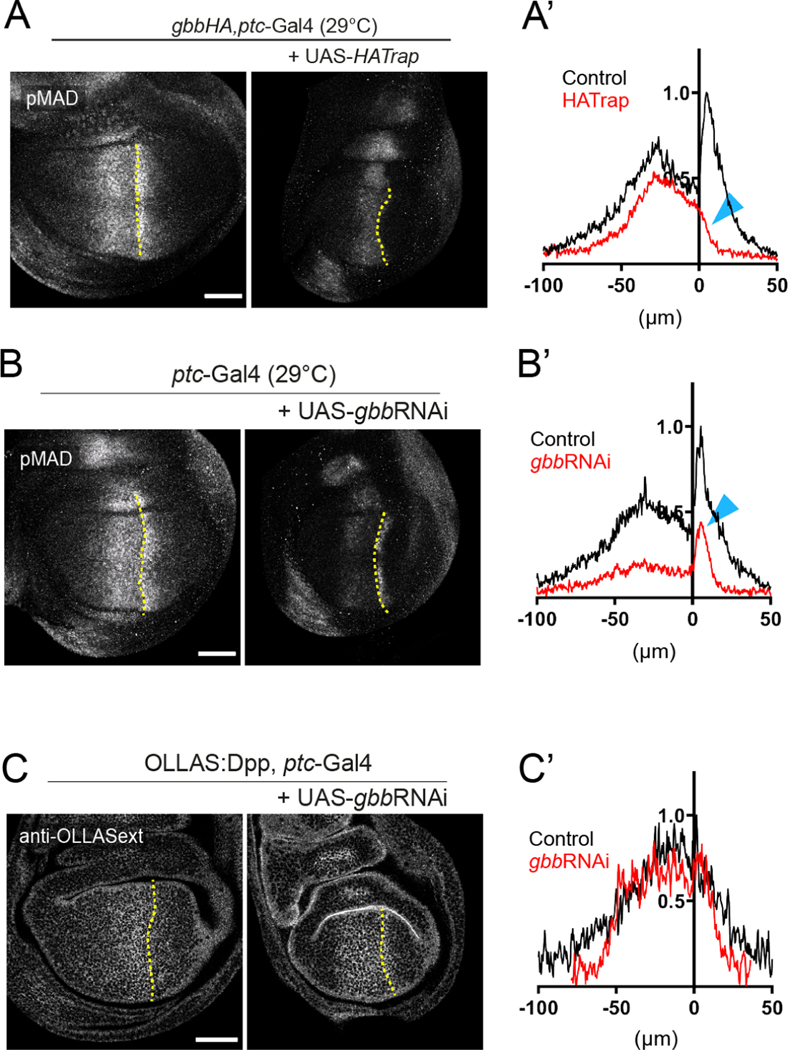Figure 5: Dpp/Gbb heterodimers are functionally active and ensure long range gradient formation.
A. Trapping HA:Gbb on the membrane of Dpp-producing cells (via ptc-Gal4) leads to a strong reduction of pMAD signaling in the posterior compartment, while the anterior signal is still visible but restricted to the stripe (control n=9; HA-Trap n=13). B. Genetic knock-down of gbb using gbbRNAi driven by ptc-Gal4. pMAD is globaly reduced but the peak in the first cells of the posterior compartment is still visible (control n=7; gbbRNAi n=7). This posterior reduction is especially obvious in the quantification (blue arrows A’ and B’). Experiments in Figure 5A and B were conducted at 29°C. C. gbb knock-down in Dpp producing cells (via ptc-Gal4) compromises the extracellular OLLAS:Dpp gradient, leading to a reduction of long-range dispersal of OLLAS:Dpp (control n=9; gbbRNAi n=9). Scale bars 50μm.

